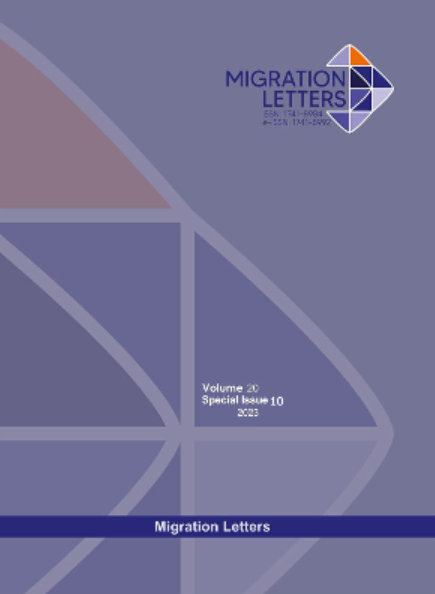A Tale Of Two (Once Related) Countries: Inclusive Growth And Social Protection Empirics Using Structural Equation Model In Pakistan And Bangladesh
Abstract
The stabilizing role of social protection for ensuring inclusive growth is well recognized however understanding of the mediational pathways remains limited. This study examines how institutional quality, globalization, and macroeconomic stability mediate the relationship between social protection and inclusive growth. Using data from Pakistan and Bangladesh, we develop indices for inclusive growth, social protection and macroeconomic stability from 1984 to 2020. Inclusive growth is assessed across five dimensions and thirty-three indicators, while social protection is measured through eleven key indicators in Pakistan and seventeen in Bangladesh. Macroeconomic stability is measured with two dimensions and six indicators. Employing structural equation modeling, we analyze the total, direct and mediating effects of social protection on inclusive growth, finding that investment in social protection, along with institutional quality and macroeconomic stability, significantly contributes to achieving inclusive growth in both Pakistan and Bangladesh. The study also indicates that Bangladesh is making greater strides towards achieving higher inclusive growth compared to Pakistan, largely due to its significantly higher coverage of social protection programs and its engagement in the process of globalization. A robust policy recommendation is proposed for enhancing the coverage and framework of social protection programs, as well as improving institutional transparency, to foster inclusive growth in both countries.
Metrics
Downloads
Published
How to Cite
Issue
Section
License

This work is licensed under a Creative Commons Attribution-NonCommercial-NoDerivatives 4.0 International License.
CC Attribution-NonCommercial-NoDerivatives 4.0






